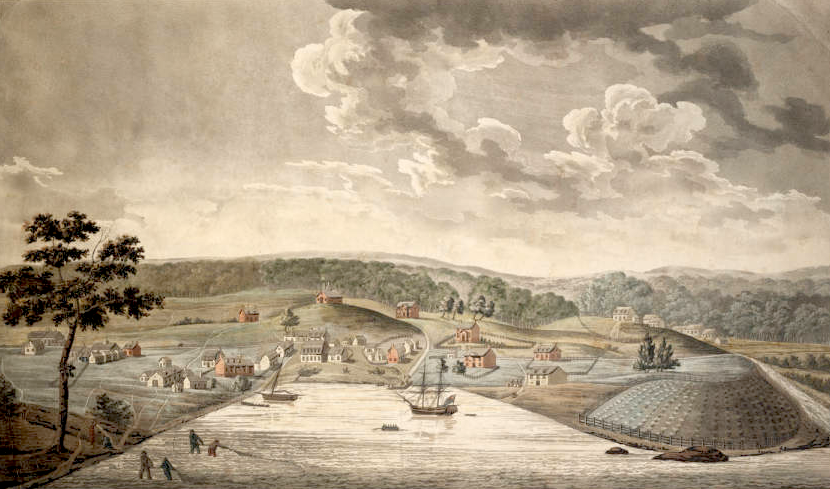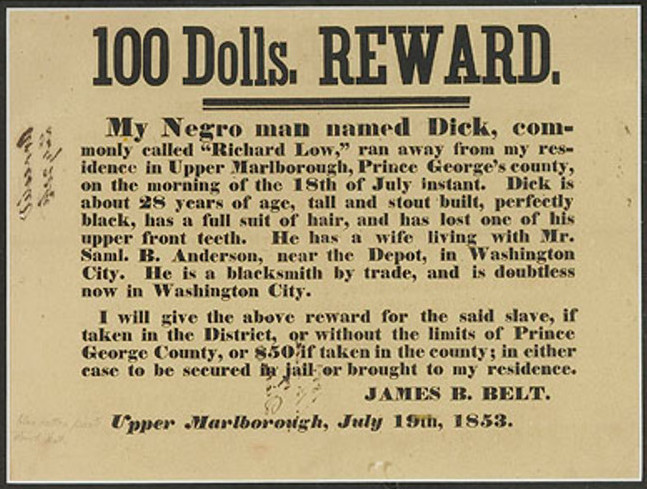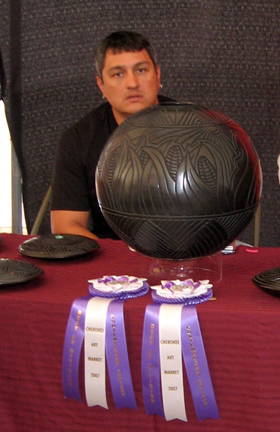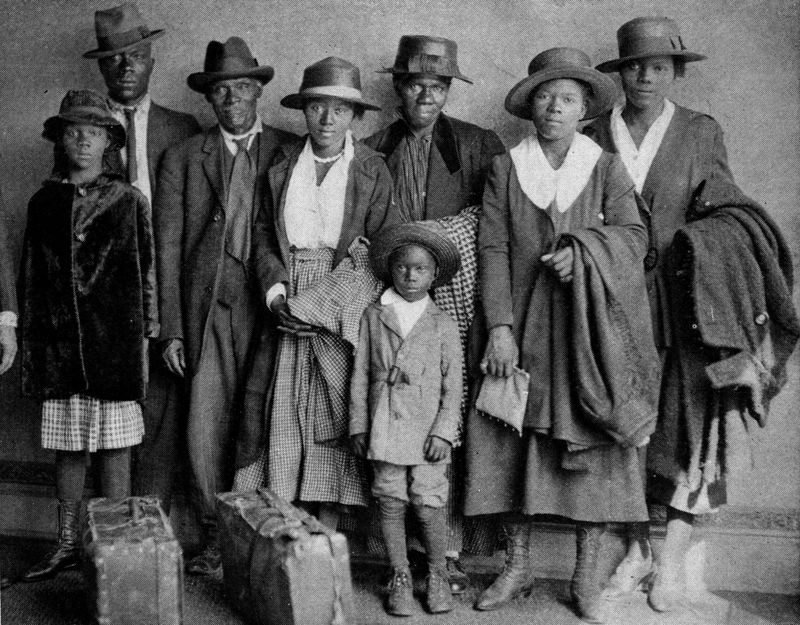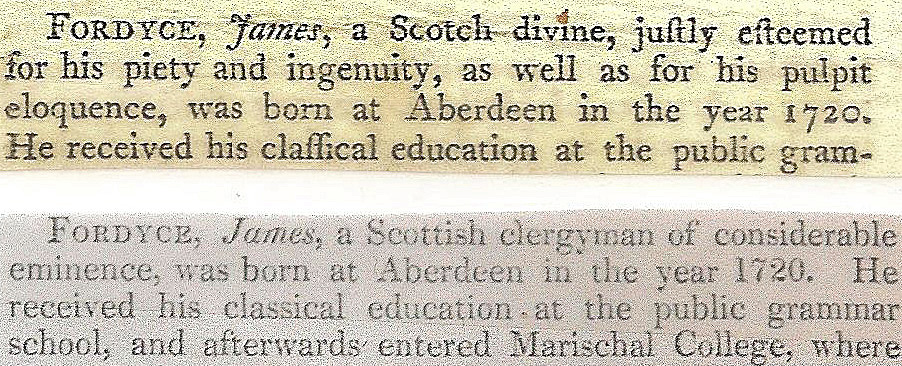|
History Of The Appalachian People In Baltimore
The city of Baltimore, Maryland includes a significant Appalachian population. The Appalachian community has historically been centered in the neighborhoods of Hampden, Pigtown, Remington, Woodberry, Lower Charles Village, Highlandtown, and Druid Hill Park, as well as the Baltimore inner suburbs of Dundalk, Essex, and Middle River. The culture of Baltimore has been profoundly influenced by Appalachian culture, dialect, folk traditions, and music. People of Appalachian heritage may be of any race or religion. Most Appalachian people in Baltimore are white or African-American, though some are Native American or from other ethnic backgrounds. White Appalachian people in Baltimore are typically descendants of early English, Irish, Scottish, Scotch-Irish, and Welsh settlers. A migration of White Southerners from Appalachia occurred from the 1920s to the 1960s, alongside a large-scale migration of African-Americans from the Deep South and migration of Native Americans fro ... [...More Info...] [...Related Items...] OR: [Wikipedia] [Google] [Baidu] |
Baltimore
Baltimore is the most populous city in the U.S. state of Maryland. With a population of 585,708 at the 2020 census and estimated at 568,271 in 2024, it is the 30th-most populous U.S. city. The Baltimore metropolitan area is the 20th-largest metropolitan area in the country at 2.84 million residents. The city is also part of the Washington–Baltimore combined statistical area, which had a population of 9.97 million in 2020. Baltimore was designated as an independent city by the Constitution of Maryland in 1851. Though not located under the jurisdiction of any county in the state, it forms part of the central Maryland region together with the surrounding county that shares its name. The land that is present-day Baltimore was used as hunting ground by Paleo-Indians. In the early 1600s, the Susquehannock began to hunt there. People from the Province of Maryland established the Port of Baltimore in 1706 to support the tobacco trade with Europe and established the Town ... [...More Info...] [...Related Items...] OR: [Wikipedia] [Google] [Baidu] |
African Americans In Maryland
The history of African Americans in Maryland is long and complex. Southern Maryland is the home of the first person of African descent to be elected to and serve in a legislature in America. His name was Mathias de Sousa and he was one of the original colonists to arrive in 1634. Southern Maryland is also the place where Josiah Henson was enslaved, and the place of brutality he wrote about in his later autobiography, which became the basis for Harriet Beecher Stowe's "Uncle Tom's Cabin". A descendant of Josiah Henson, Matthew Henson, was also from Southern Maryland and he was one of the first people to reach the North Pole along with Admiral Robert Peary in 1909. Slavery in Maryland Maryland did not begin as an "official" slave state, although the founders were possible slave traders. It began, as with the story of Mathias de Sousa, as a place that any person that arrived as an indentured servant, could become a free person after they had served the time of their indentur ... [...More Info...] [...Related Items...] OR: [Wikipedia] [Google] [Baidu] |
Eastern Band Of Cherokee Indians
The Eastern Band of Cherokee Indians (EBCI), (Cherokee language, Cherokee: ᏣᎳᎩᏱ ᏕᏣᏓᏂᎸᎩ, ''Tsalagiyi Detsadanilvgi'') is a List of federally recognized tribes in the contiguous United States, federally recognized Indian Tribe, Indian tribe based in western North Carolina in the United States. They are descended from the small group of 800–1,000 Cherokees who remained in the Eastern United States after the U.S. military, under the Indian Removal Act, moved the other 15,000 Cherokees to west of the Mississippi River in the late 1830s, to Indian Territory. Those Cherokees remaining in the east were to give up tribal Cherokee citizenship and to assimilate. They became U.S. citizens but in the 20th century also recovered tribal rights. The history of the Eastern Band closely follows that of the Qualla Boundary, a land trust made up of an area of their original territory. When they reorganized as a tribe, they had to buy back the land from the U.S. government. The ... [...More Info...] [...Related Items...] OR: [Wikipedia] [Google] [Baidu] |
Lumbee
The Lumbee, also known as People of the Dark Water, are a mixed-race community primarily located in Robeson County, North Carolina, which claims to be descended from myriad Indigenous peoples of the Southeastern Woodlands who once inhabited the region. The Lumbee have been shown to have connections with other tri-racial isolate groups, such as the Melungeons, using historical documents. The Lumbee take their name from the Lumber River, which winds through Robeson County. Pembroke, North Carolina, in Robeson County, is their economic, cultural, and political center. According to the 2000 United States census report, 89% of the population of the town of Pembroke identified as Lumbee; 40% of Robeson County's population identified as Lumbee. The Lumbee Tribe was recognized by North Carolina in 1885. In 1956, the U.S. Congress passed the Lumbee Act, which recognized the Lumbees as being American Indians but denied them the benefits of a federally recognized tribe. The three ... [...More Info...] [...Related Items...] OR: [Wikipedia] [Google] [Baidu] |
Southeastern United States
The Southeastern United States, also known as the American Southeast or simply the Southeast, is a geographical List of regions in the United States, region of the United States located in the eastern portion of the Southern United States and the southern portion of the East Coast of the United States, Eastern United States. The region includes a core of states that reaches north to Maryland and West Virginia, bordering the Ohio River and Mason–Dixon line, and stretches west to Arkansas and Louisiana. There is no official Federal government of the United States, U.S. government definition for the region, and it is defined variably among agencies and organizations. History The history of the present-day Southeastern United States dates to the dawn of civilization in approximately 11,000 BC or 13,000 BC. The earliest artifacts from the region were from the Clovis culture. Prior to the arrival of Colonial history of the United States, European colonialists, Native Americans in ... [...More Info...] [...Related Items...] OR: [Wikipedia] [Google] [Baidu] |
Deep South
The Deep South or the Lower South is a cultural and geographic subregion of the Southern United States. The term is used to describe the states which were most economically dependent on Plantation complexes in the Southern United States, plantations and Slavery in the United States, slavery, generally Louisiana, Mississippi, Alabama, Georgia (U.S. state), Georgia, and South Carolina. East Texas, North Florida, the Arkansas Delta, South Arkansas, West Tennessee, and the southern part of North Carolina are sometimes included as well. Following the end of the American Civil War in 1865, the region experienced significant economic hardship and became a focal point of racial tension during and after the Reconstruction era. Before 1945, the Deep South was often referred to as the "Cotton States" since cotton was the primary cash crop for economic production. The civil rights movement in the 1950s and 1960s helped usher in a new era, sometimes referred to as the New South. The Deep ... [...More Info...] [...Related Items...] OR: [Wikipedia] [Google] [Baidu] |
Great Migration (African American)
The Great Migration, sometimes known as the Great Northward Migration or the Black Migration, was the movement of six million African Americans out of the rural Southern United States to the urban Northeast, Midwest, and West between 1910 and 1970. It was substantially caused by poor economic and social conditions due to prevalent racial segregation and discrimination in the Southern states where Jim Crow laws were upheld. In particular, continued lynchings motivated a portion of the migrants, as African Americans searched for social reprieve. The historic change brought by the migration was amplified because the migrants, for the most part, moved to the then-largest cities in the United States (New York City, Chicago, Detroit, Los Angeles, San Francisco, Philadelphia, Cleveland, and Washington, D.C.) at a time when those cities had a central cultural, social, political, and economic influence over the United States; there, African Americans established culturally influent ... [...More Info...] [...Related Items...] OR: [Wikipedia] [Google] [Baidu] |
White Southerners
White Southerners are White Americans from the Southern United States, originating from the various waves of Northwestern European immigration to the region beginning in the 17th century. Academic John Shelton Reed argues that "Southerners' differences from the American mainstream have been similar in kind, if not degree, to those of the immigrant ethnic groups". Reed states that Southerners, as other ethnic groups, are marked by differences from the national norm, noting that they tend to be poorer, less educated, more rural, and specialize in job occupation. He argues that they tended to differ in cultural and political terms, and that their accents serve as an ethnic marker. Upon white Southerners Jimmy Carter and Bill Clinton being elected to the U.S. presidency during the late 20th century, it symbolized generations of change from an Old South to New South society. Journalist Hodding Carter and State Department spokesperson during the Carter administration stated: "Th ... [...More Info...] [...Related Items...] OR: [Wikipedia] [Google] [Baidu] |
Hillbilly Highway
In the United States, the Hillbilly Highway is a term used to describe the outward migration of poor whites from the Appalachian Highlands region of the United States to industrialized cities in northern, midwestern, and western states, starting in the years following World War II, in search of better-paying industrial jobs and higher standards of living. Many of these migrants were formerly in the coal mining industry, which started to decline in 1940s. The word hillbilly refers to a negative stereotype of poor whites from Appalachia. The term ''hillbilly'' is considered to be a modern term because it showed up in the early 1900s. Though the word is of Scottish origin, it does not derive from a dialect. In Scotland, the term ''hill-folk'' referred to people who preferred isolation from the greater society and the term ''billy'' referred to someone being a "companion" or "comrade". The Hillbilly Highway is a parallel to the better-known Great Migration of African-Americans from th ... [...More Info...] [...Related Items...] OR: [Wikipedia] [Google] [Baidu] |
Welsh Americans
Welsh Americans () are an American ethnic group whose ancestry originates wholly or partly in Wales, United Kingdom. In the 2008 U.S. Census community survey, an estimated 1.98 million Americans had Welsh ancestry, 0.6% of the total U.S. population. This compares with a population of 3 million in Wales. However, 3.8% of Americans appear to bear a Welsh surname. There have been several US presidents with Welsh ancestry, including Thomas Jefferson, John Adams, John Quincy Adams, James A. Garfield, Calvin Coolidge, Richard Nixon and Barack Obama. Other prominent figures of Welsh descent in American history include Jefferson Davis, the only president of the Confederate States of America; P. G. T. Beauregard, a top general in the Confederate States Army; Hubert Humphrey, who served as Vice President of the United States; and Colin Powell and Hillary Clinton, who both served as Secretary of State. The proportion of the American population with a name of Welsh origin ranges fro ... [...More Info...] [...Related Items...] OR: [Wikipedia] [Google] [Baidu] |
Scotch-Irish Americans
Scotch-Irish Americans are American descendants of primarily Ulster Scots people, who emigrated from Ulster (Ireland's northernmost province) to the United States between the 18th and 19th centuries, with their ancestors having originally migrated to Ulster, mainly from the Scottish Lowlands and Northern England in the 17th century. In the 2017 American Community Survey, 5.39 million (1.7% of the population) reported Scottish ancestry, an additional 3 million (0.9% of the population) identified more specifically with Scotch-Irish ancestry, and many people who claim "American ancestry" may actually be of Scotch-Irish ancestry. The term ''Scotch-Irish'' is used primarily in the United States,Leyburn 1962, p. 327. with people in Great Britain or Ireland who are of a similar ancestry identifying as Ulster Scots people. Many left for North America, but over 100,000 Scottish Presbyterians still lived in Ulster in 1800. With the enforcement of Queen Anne's 1704 Popery Act, which c ... [...More Info...] [...Related Items...] OR: [Wikipedia] [Google] [Baidu] |
Scottish Americans
Scottish Americans or Scots Americans (; ) are Americans whose ancestry originates wholly or partly in Scotland. Scottish people, Scottish Americans are closely related to Scotch-Irish Americans, descendants of Ulster Scots people, Ulster Scots, and communities emphasize and celebrate a common heritage.Celeste Ray, 'Introduction', p. 6, id., 'Scottish Immigration and Ethnic Organization in the United States', pp. 48-9, 62, 81, in id. (ed.), ''The Transatlantic Scots'' (Tuscaloosa, AL:University of Alabama Press, 2005). The majority of Scotch-Irish Americans originally came from Lowland Scotland and Northern England before migrating to the province of Ulster in Ireland (see ''Plantation of Ulster'') and thence, beginning about five generations later, to North America in large numbers during the eighteenth century. The number of Scottish Americans is believed to be around 25 million, and celebrations of Scottish national identity, Scottish identity can be seen through Tartan Day ... [...More Info...] [...Related Items...] OR: [Wikipedia] [Google] [Baidu] |
